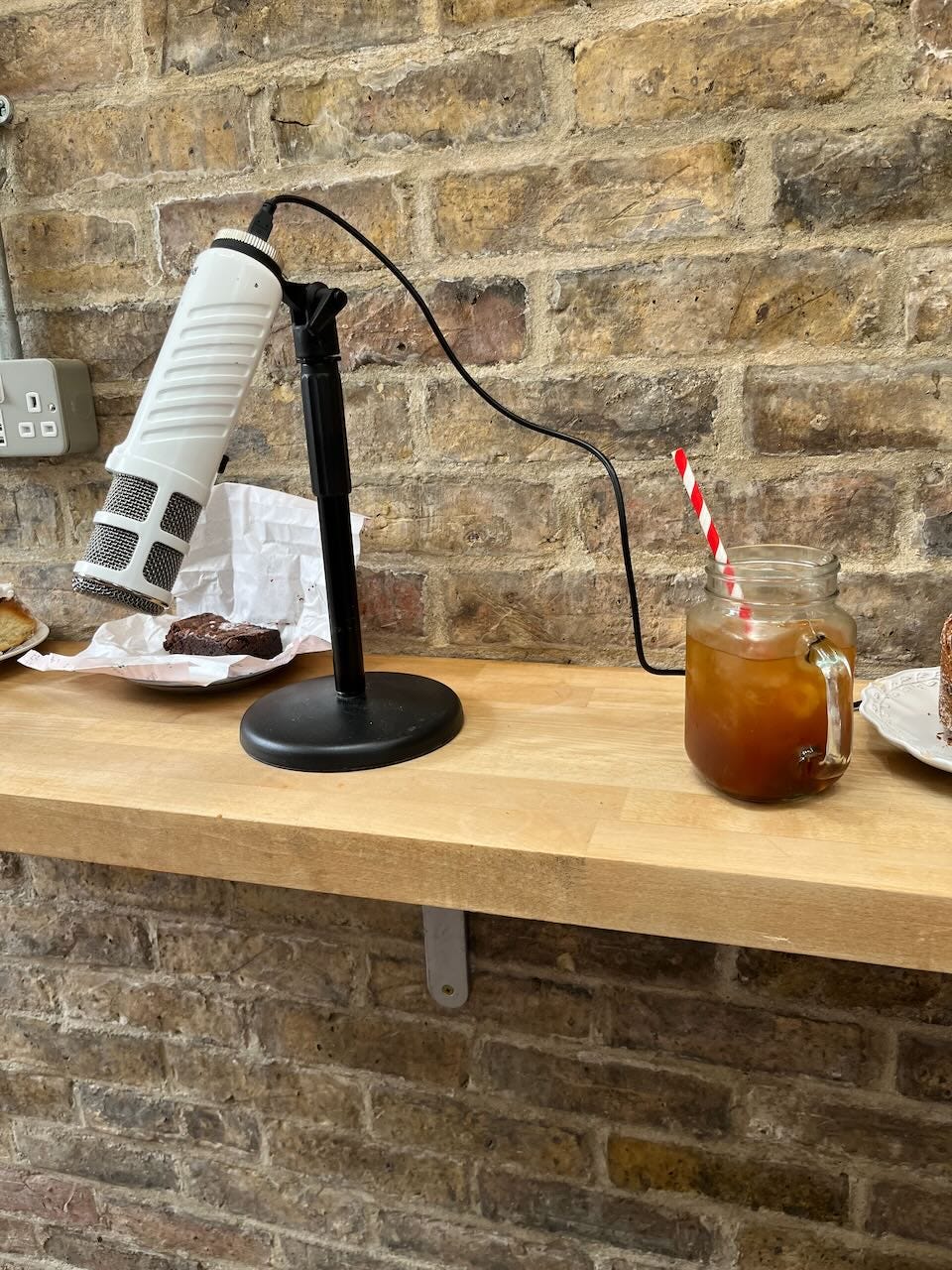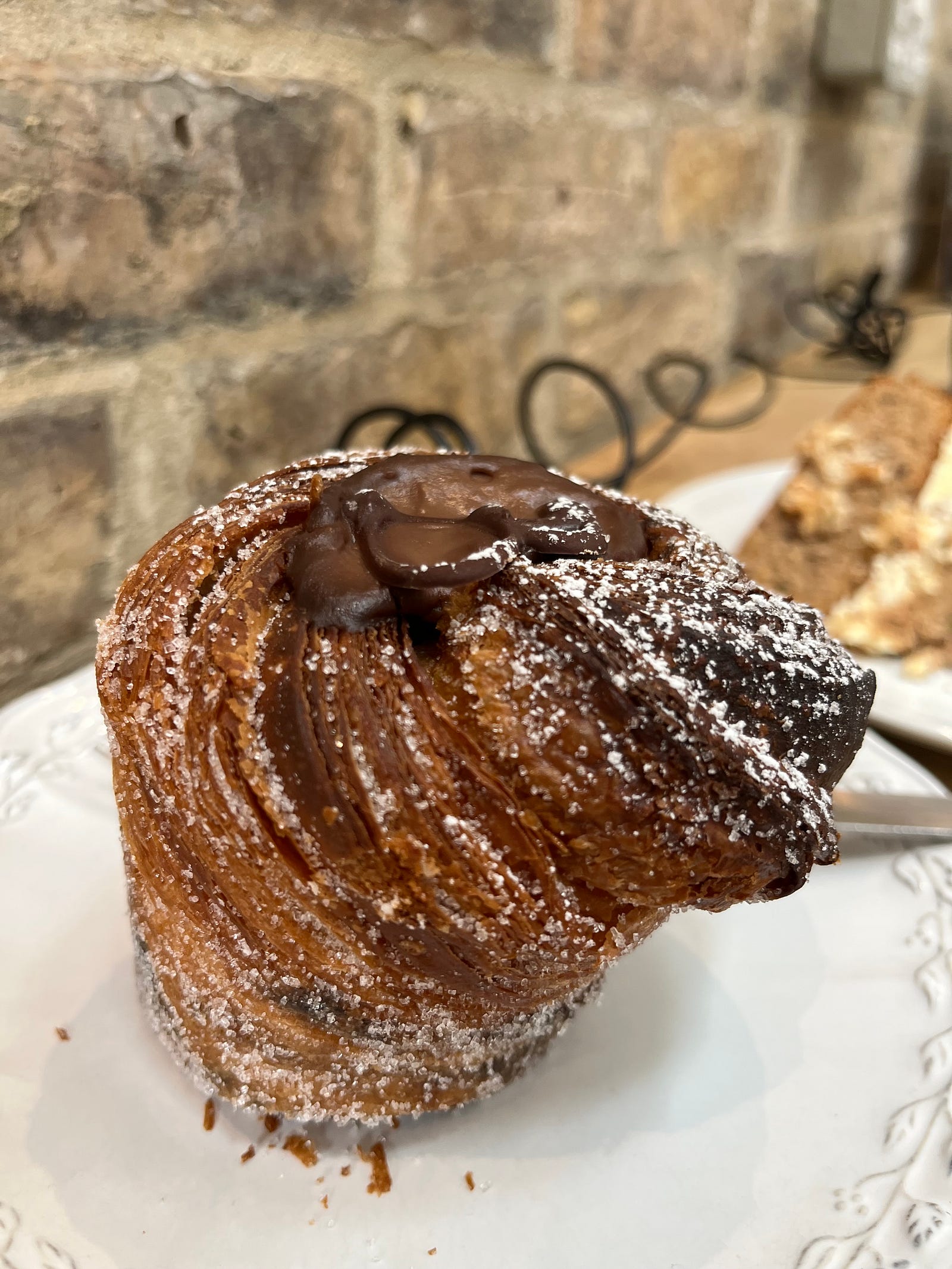Before us is a potted plant, a porcelain tea set, a dinner table, and a couple in embrace. As the audience shuffle into the intimate confines of the Burton Taylor, we are made to feel like intruders on this parodic domesticity.
Pelican Productions’ ‘Xiao’ is, at its core, the story of a couple, Sophie (Kate (Hui Ru) Ng) and Andy (Uğur Özcan), as they begin a ‘real life’ together, haunted by the figures of Sophie’s parents and their chronically disapproving glances. However, the writing really sets up Sophie (or Jia, her Chinese birthname) as its central protagonist, with her negotiation of identity crises, cultural clash, and the burden of her parents’ expectations in this retelling of the familiar story of the immigrant experience.
Being a play written by a student about students, ‘Xiao’ offers unique referential potential in its portrayal of characters on the cusp of graduation and in their life after Oxford. Although this presents a challenge to actors – for the hardest thing to do is to act as oneself – Ng and Özcan made a charming couple when it mattered most, and were well complemented by Chris Chang and Proshanto Chanda playing their classmates. An early scene in which Andy is rebuffed by the others as they take graduation pictures garnered many laughs from the audience — presumably we are all too familiar with the unbearable awkwardness of taking pictures in front of the RadCam.
Despite being a brief production, at just over 50 minutes, ‘Xiao’ offered a great deal of material. A work of dramatic realism in its most choreographed sense, the play perhaps attempted to take on too much. The audience grapples with Sophie’s relationship issues, deep-rooted self-hatred, tensions with her parents, as well as the parallel tension of Andy’s life as a ‘struggling actor’. A true lesson in building dramatic empathy: at times we felt Sophie’s existential dread just as much as she seemed to.
That is not to say that the play was a mere omnibus of emotional overload – on the contrary, we were offered a barrage of comedic respite in moments of sitcom-esque family drama: Chanda excelled in his second billing as Sophie’s uncle, and the humorous interjections of Saku Nagumo as Sophie’s father never fell flat. Most of the comedy was delivered through the character of Sophie’s mother (played by Berry (Biru) Yang). Despite my reservations about the emergent stock character of the immigrant mother (sorry Lilly Singh), Yang played the role beautifully, giving the ‘Tiger Mom’ figure an emotional depth she isn’t often assigned, particularly at the play’s conclusion.
The strongest scenes in the play were those which featured the full ensemble of characters. The dining table was a frequently used prop in these moments, with as many as three scenes having the entire cast assembled around it. The staging complemented the writing well at these points, with most actors giving their strongest performances in these seated scenes. With all the characters crowded around the small table, at times experimenting with pretend food, the Burton Taylor began to feel like a family dining room playing host to a web of tensions.
‘Xiao’ ends as happily as it can with Sophie’s parents coming to an uneasy truce with their daughter and son-in-law to be. Ng gave an excellent performance in her monologues, and the climactic split-stage outbursts of Ng and Özcan built tension well.
All in all, ‘Xiao’ is a charming, and oftentimes painfully realistic family drama, which centres around the struggles of an international student. My only point of contention: no Asian mother would use the word ‘bullshit’ quite as much as Sophie’s mum did.







